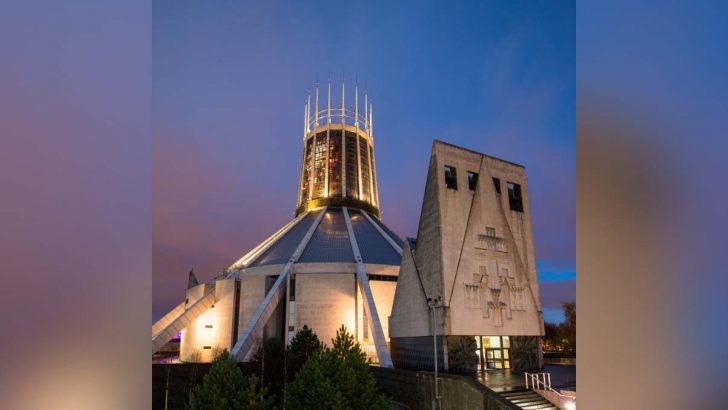If these stones could speak: The history of Christianity in Britain and Ireland through twenty buildings
by Peter Stanford (Hodder & Stoughton, £20.00/€24.00)
I have long found the books of Peter Stanford – a former editor of the Catholic Herald – no matter what their topic (he writes mostly about religion, history and ethics) to be always entertaining and stimulating, even when one disagrees with some of his observations.
His new book, telling the tangled tale of Christianity in these islands through a series of churches, some famous or less well-known, ought to be enjoyed by a wide audience as it describes and comments on nearly 2,000 years of religion among the many cultures that have come and gone in that time.
He opens by confessing that when bringing up his own children he turned into an inveterate ‘church crawler’. No matter where the family found itself he would always visit the local fanes no matter what their denomination, which gave great enjoyment and provided insights into history that were never in the school books.
An Irish reader will, I suspect, turn first to see what Irish churches are included. What a surprise it is to find he has chosen Clonmacnoise, ‘St Ciaran’s city fair’ as the 14th Century poet Angus Ó Gillan called the Shannon-side monastery, rather than say the now over-exposed Skellig Micheal. Clonmacnoise was once packed with students from Europe; it was a preserver and a transmitter not just of the Christian faith but also of the archives of European culture.
Discussion
But there is no discussion of Iona, a place that played a vital part in the creation of Scotland as we know it today. Nor is Wales well represented, and there is nothing about Cornwall, from which British missionaries carried Christianity back to Brittany and so into France.
The book opens, however, with Glastonbury, a place with many disputed legends, including the notion that the boy Jesus came there with Joseph of Arimathea. But even historians cannot deny that it is a very atmospheric place that has in the past inspired many seeking souls.
If the concentration is mostly on England we can all understand the reasons for that: Jarrow where Bede flourished is here as it should be. But what really marks out this book and should open many English eyes are the churches selected to illustrate more recent centuries.
One is delighted to see here St John’s at Little Gidding, to which T.S. Elliot devoted one of the Four Quartets. The mystical tradition of the Anglican tradition is, I suspect, something that many Irish Catholics might well need an introduction to.
The last pages of the book may well be for many the most insightful and interesting. The chapter focuses on Liverpool’s Metropolitan Cathedral – for this another city with two cathedrals.
He quotes Cardinal Heenan when Archbishop of Liverpool in 1967 very relevantly: “It is significant that the architect of the Metropolitan Cathedral was a non-Catholic, I don’t regard [it] as Catholic property, but as belonging to you all.”
He writes movingly in an epilogue written of course in Covid-haunted days and nights of present-day Britain. The streaming of services has brought more people to worship and prayers than attended in the buildings themselves. Religion of all kinds is becoming “small, simple and freelance” – we have all observed this for ourselves.
Varied
Reaching the end of this rich and varied text, the mind goes back to a passage at the end of the prologue. The point of church crawling is not an evangelical drive to repopulate churches or to revive institutional faith.
“It is much more modest and inclusive: to benefit from these free-to-access resources in our midst that are centuries old, historic and usually beautiful, and which have something about them that makes them stand apart from the rush of modern life and our own fleeting obsessions. They may once have been built ‘to the glory of God’, but their continuing meaning is subtler. They are close to the heartbeat of human history, giving expression to our longings and helping us to remember who we are.”


 Peter Costello
Peter Costello Liverpool Metropolitan Cathedral
Liverpool Metropolitan Cathedral 